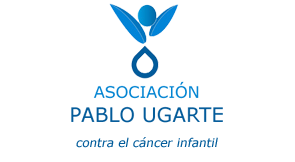Relapse-0: Mathematics against children’s leukemia
2018-2026
Acute lymphoblastic leukemias are one of the most deadly types of cancer in children. Treatment received depends on the appropriate classification into ‘risk groups.’ However, even now, 15% of patients relapse after initial treatment and die because of the disease. We intend to get closer to zero-relapse by exploiting the huge amount of human data available from the initial disease stages (e.g. flow cytometry data) to better classify patients and to design more effective personalized treatments in-silico.
Why Mathematics?
Flow-cytometry data obtained from patient’s bone marrow contains data of many markers (typically between 6 and 12) for a large number of cells (100,000 – 1,000,000). However, a minor part of that information is used together with other data available. Mathematical algorithms can be used to find and exploit hidden information in these data.
Also, complex combinations of different drugs are used during the different treatment stages: induction, consolidation and maintenance. Mathematical optimization methods may help in finding not just ‘effective’ but optimal combinations with the highest efficacy and the minimal toxicity possible for each patient.
The Team
The project is led by María Rosa Durán (Molab, Universidad de Cádiz) and Cristina Blázquez (Hospital de Jerez). Molab researchers at UCLM cooperate in the project as well as other hospitals in the framework of the Spanish Society for Pediatric Hematology and Oncology (e.g. Hospital Virgen de La Arixaca, Murcia, and others).
Beyond this project
The first leukemia cases were described in 1827. It was not until 1947 that a drug was available to treat the disease in children, who up to then died in a few months without treatment. Current scientific progress has led to a survival rate around 80-85%, but we want to achieve 100%. We have a multidisciplinary research team including mathematicians, physicists, biologists, immunologists and hematologists working together with the hope that no child suffering this disease will have a relapse.
We hope the ideas and methods to be developed in this project may be extended to other blood or lymphatic malignancies where similar data are available on diagnosis.
Funded by















